-

1-ethenyl-1(or 3)-methyl-1H-Imidazolium methyl sulfate (1:1) homopolymer CAS:31855-14-8
1-Ethenyl-1(or 3)-methyl-1H-imidazolium methyl sulfate (1:1) homopolymer is a polymer compound with the chemical structure (C7H11N2O4S)n. It is a type of ionic liquid polymer that exhibits unique physical and chemical properties. This polymer is typically a colorless to pale yellow solid and is known for its ionic conductivity and thermal stability. It is soluble in polar solvents and water, making it suitable for various applications.
-
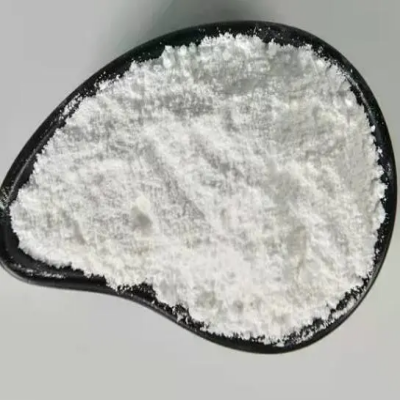
trans-Dichlorodiammine palladium (II) CAS:13782-33-7
Trans-Dichlorodiammine palladium(II), also known as trans-[PdCl2(NH3)2], is a coordination complex featuring palladium in the +2 oxidation state. This compound consists of a palladium center coordinated to two chloride ligands and two ammonia ligands in a trans configuration. It is a well-known and widely studied compound in coordination chemistry and catalysis.
-
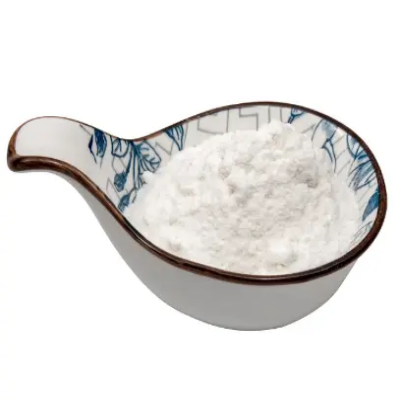
Tetrakis(triphenylphosphine)palladium(0) CAS:14221-01-3
Tetrakis(triphenylphosphine)palladium(0) is a coordination complex featuring palladium in the 0 oxidation state, coordinated with four triphenylphosphine ligands. This compound is extensively studied and utilized in various catalytic and synthetic applications due to its unique coordination geometry and reactivity. The presence of palladium in the 0 oxidation state makes this complex particularly interesting for catalytic purposes.
-

Prop-1-ene-1,3-sultone CAS:21806-61-1
Prop-1-ene-1,3-sultone is a chemical compound with a sulfonic ester structure, consisting of a four-membered ring containing a sulfur atom and a double bond. This molecule possesses unique reactivity and properties that make it valuable in various applications. It is known for its ability to undergo ring-opening reactions, enabling the introduction of sulfonic acid groups into organic molecules, which can lead to the modification of their properties and functionalities. Additionally, prop-1-ene-1,3-sultone is recognized for its potential as a reactive intermediate in organic synthesis, allowing for the incorporation of sulfonate groups into diverse chemical compounds.
-

Lithium bis(trifluoromethanesulphonyl)imide CAS:90076-65-6
Lithium bis(trifluoromethanesulphonyl)imide is a lithium salt with the chemical formula LiN(CF3SO2)2. It is a white crystalline powder and is commonly used as an electrolyte in lithium-ion batteries and as a conducting salt in organic electronics.
-
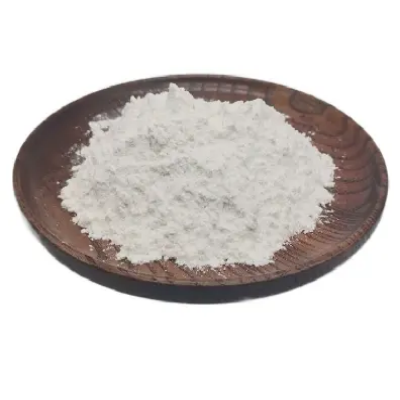
Bis(tri-t-butylphosphine)palladium(0) CAS:53199-31-8
Bis(tri-tert-butylphosphine)palladium(0), often denoted as Pd(P(t-Bu)3)2, is a coordination complex featuring palladium in the 0 oxidation state. This compound consists of a palladium center coordinated to two molecules of tri-tert-butylphosphine ligands. It is widely used as a catalyst in various organic transformations, particularly in the field of homogeneous catalysis.
-

Palladium(II) 2,2,2-trifluoroacetate CAS:42196-31-6
Palladium(II) trifluoroacetate is a coordination complex featuring palladium in the +2 oxidation state, with trifluoroacetate ligands. This compound is utilized as a catalyst in various organic transformations, particularly in the field of homogeneous catalysis. Its unique structure and reactivity make it an important model compound for understanding the behavior of palladium catalysts in organic synthesis.
-
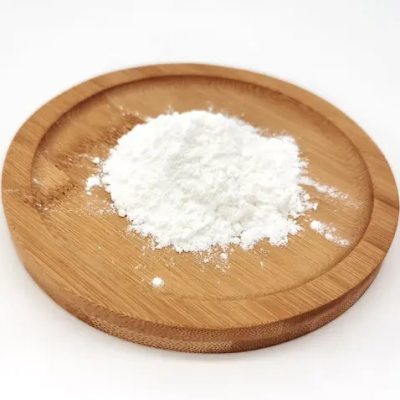
Diacetatobis(Triphenylphosphosphate) Palladium (11) CAS:14588-08-0
Diacetatobis(Triphenylphosphine) Palladium(II) is a coordination complex featuring palladium in the +2 oxidation state, coordinated with acetate and triphenylphosphine ligands. This compound is used as a catalyst in various organic transformations, particularly in the field of homogeneous catalysis. Its unique structure and reactivity make it an important model compound for understanding the behavior of palladium catalysts in organic synthesis.
-

Tris(dibenzylideneacetone)dipalladium(0) CAS:51364-51-3
Tris(dibenzylideneacetone)dipalladium(0) is a coordination complex featuring palladium in the 0 oxidation state, coordinated with three molecules of dibenzylideneacetone. This compound is extensively studied and utilized in various catalytic and synthetic applications due to its unique coordination geometry and reactivity. The presence of palladium in the 0 oxidation state makes this complex particularly interesting for catalytic purposes.
-
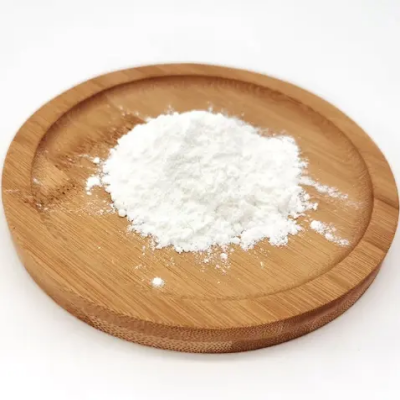
Dichlorobis(di-tert-butylphenylphosphine)palladium(II)CAS:34409-44-4
Dichlorobis(di-tert-butylphenylphosphine)palladium(II), also known as PdCl2(dtbpp)2, is a coordination complex featuring palladium in the +2 oxidation state. This compound consists of a palladium center coordinated to two chloride ligands and two molecules of di-tert-butylphenylphosphine (dtbpp). It is a valuable catalyst in various organic transformations, particularly in the field of organic synthesis.
-
![dichloro[(1,2,5,6-η)-cycloocta-1,5-diene]palladium CAS:12107-56-1](https://cdn.globalso.com/xindaobiotech/02MHOTZ@JJJ5JECNY66BYI2.png)
dichloro[(1,2,5,6-η)-cycloocta-1,5-diene]palladium CAS:12107-56-1
Dichloro[(1,2,5,6-η)-cycloocta-1,5-diene]palladium is an organometallic compound with the chemical formula [PdCl2(C8H12)]. It is a yellow crystalline solid and is commonly used as a catalyst in various organic synthesis reactions. The compound contains a palladium atom coordinated with two chloride ligands and the cycloocta-1,5-diene ligand.
-
![Dichloro[bis(1,3-diphenylphosphino)propane]palladium(II) CAS:59831-02-6](https://cdn.globalso.com/xindaobiotech/02MHOTZ@JJJ5JECNY66BYI1.png)
Dichloro[bis(1,3-diphenylphosphino)propane]palladium(II) CAS:59831-02-6
Dichloro[bis(1,3-diphenylphosphino)propane]palladium(II), also known as Pd(dppp)Cl2, is a coordination complex featuring palladium in the +2 oxidation state. This compound consists of a palladium center coordinated to two chloride ligands and two molecules of 1,3-diphenylphosphino)propane (dppp). It is a yellow crystalline solid that is widely used as a catalyst in various organic transformations, particularly in the field of organic synthesis.

